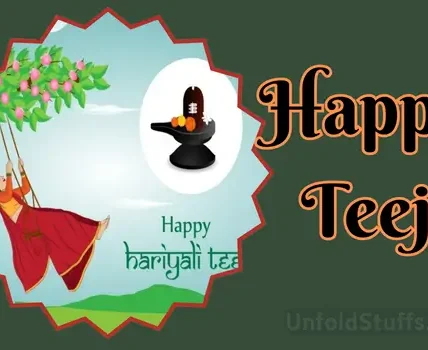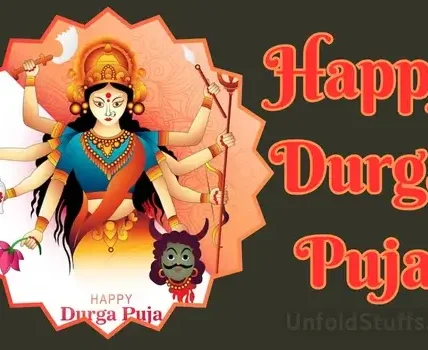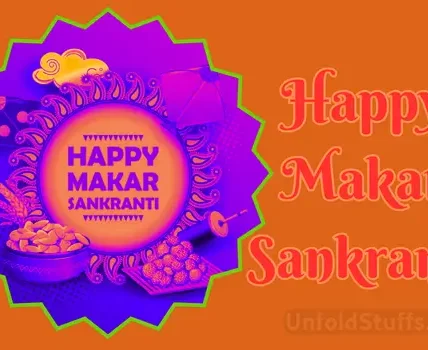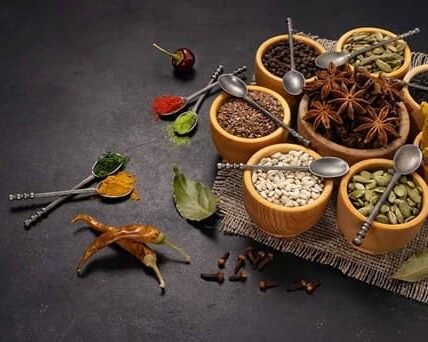Kartik Purnima is a significant Hindu festival celebrated on the full moon day in the month of Kartik (October-November) in the Hindu calendar and this year it falls on 15th November, 2024. Also known as Deva-Deepawali, it holds cultural and religious importance. Devotees take ritualistic baths in sacred rivers, especially the Ganges, and offer prayers to Lord Vishnu. The festival is associated with the belief that Lord Shiva killed the demon Tripurasura on this day. Pilgrimages to holy sites, temples, and rivers are common during Kartik Purnima.
Hindus believe that performing charitable acts, known as ‘dan’ or ‘daan,’ on Kartik Purnima brings spiritual merit. Lighting lamps, known as ‘Deep Dan,’ is a traditional practice symbolizing the triumph of light over darkness. In some regions, floating lamps in water bodies is a common tradition. Kartik Purnima is not only celebrated in India but also holds significance in other South Asian countries with Hindu communities.
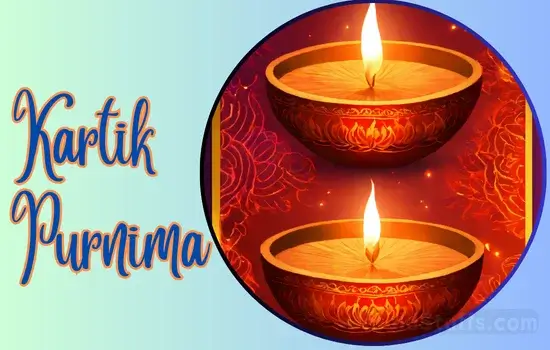
Kartik Purnima 2024 Puja Date and Time
Kartik Purnima 2024 |
||
| Event | Date & Time | Day |
| Kartik Purnima | 15th November, 2024 | Friday |
| Purnima Tithi Begins | 06:19 AM on Nov 15, 2024 | Friday |
| Purnima Tithi Ends | 02:58 AM on Nov 16, 2024 | Saturday |
Facts About Kartik Purnima 2024
Kartik Purnima, also known as Tripurari Purnima and Ganga Snan, is a significant Hindu festival celebrated on the full moon day of the Kartik month, which usually falls in October or November. It holds immense religious and spiritual value, marked by various rituals, customs, and joyous celebrations. Here are 10 fascinating facts about Kartik Purnima:
1. A Holy Dip in the Ganges: A prominent ritual associated with Kartik Purnima is taking a holy dip in the Ganges River, particularly at dawn. It is believed that this bath washes away sins accumulated over lifetimes and bestows immense blessings. Many devotees flock to pilgrimage sites like Varanasi, Haridwar, and Rishikesh to partake in this sacred ritual.
2. Commemorating Lord Shiva’s Victory: Another significant aspect of Kartik Purnima commemorates Lord Shiva’s triumph over the demon Tripurasura. According to legend, Tripurasura had constructed three flying cities made of gold, silver, and iron, making him invincible. Lord Shiva, atop his bull Nandi, destroyed these cities with his trident, earning him the epithet Tripurarishvara (Destroyer of Tripura).
3. Celebrating the “Diwali of the Gods”: Kartik Purnima is often referred to as the “Diwali of the Gods.” While Diwali on Earth signifies the victory of good over evil, Kartik Purnima is believed to mark the celestial Diwali, where the Gods celebrate light and righteousness. Offerings are made to deities, homes are decorated, and lamps are lit to symbolize this divine festivity.
4. The Glorious Ganga Pushkar Mela: The Pushkar Fair, also known as the Kartik Mela, is a vibrant celebration held in Pushkar, Rajasthan, during the entire Kartik month. It culminates on Kartik Purnima, transforming the town into a bustling hub of cultural activities, devotional music, and vibrant folk performances. Devotees take holy dips in the Pushkar Lake, seeking blessings and liberation.
5. Worshipping Lord Vishnu and Tulsi: Kartik Purnima is considered an auspicious day to worship Lord Vishnu, especially in his Matsya avatar (fish form). Many devotees observe fasts, perform pujas, and recite hymns dedicated to Lord Vishnu. Additionally, the festival coincides with the birthday of Tulsi, the holy basil plant revered in Hinduism. Tulsi Vivah, a ceremonial wedding between Tulsi and Lord Vishnu, is often performed on this day, symbolizing devotion and purity.
6. Observance of Satyanarayana Vrat: Kartik Purnima is also significant for observing the Satyanarayana Vrat, a religious vow dedicated to Lord Vishnu. Devotees observe a fast, perform puja rituals, and recite the Satyanarayana Katha, a sacred story emphasizing truthfulness and righteousness.
7. Offering Blessings to Ancestors: In some regions, Kartik Purnima is associated with paying homage to ancestors. People offer prayers, perform tarpan rituals, and donate food and clothes in their memory, seeking blessings and appeasement.
8. A Time for Charity and Donations: Kartik Purnima is considered an auspicious occasion for acts of charity and philanthropy. Devotees donate food, clothes, and money to the needy, offering service and seeking spiritual merit.
9. Lighting Up the Night with Lamps: Homes and temples are illuminated with lamps and diyas on Kartik Purnima, symbolizing the victory of light over darkness and knowledge over ignorance. The festival evokes a sense of joy, peace, and spiritual awakening.
10. Regional Variations and Celebrations: While the core essence of Kartik Purnima remains the same, its celebrations vary across different regions in India. In Odisha, it is marked by the lighting of earthen lamps called Akash Kandil, while in Kerala, people participate in vibrant boat races known as Karthika Vela.
From sacred rituals to joyous celebrations, Kartik Purnima is a multifaceted festival that holds immense significance for Hindus. It’s a time for spiritual renewal, connection with the divine, and offering gratitude for blessings received. So, if you have the opportunity to experience this unique festival, be sure to embrace its traditions and immerse yourself in its captivating aura.
Check All Hindu Festival Date, Shubh Muhurat & Puja Timing |
||||
| Akshay Tritiya | Durga Puja | Holi | Krishna Janmaashtami | Rath Yatra |
| Bhogi | Dussehra | Holika Dahan | Magh Purnima | Teej |
| Chhath | Ganesh Chaturthi | Kalash Sthapana | Maha Shivaratri | Tulsi Vivah |
| Dasha Mata | Govardhan | Kanya Pujan | Makar Sankranti | Ugadi |
| Dhanteras | Gudi Padwa | Kartika Purnima | Nag Panchami | Vasant Panchami |
| Diwali | Hanuman Jayanti | Karva Chauth | Raksha Bandhan | |

Santosh Kumar is an editor at unfoldstuffs.com and a professional content writer. With years of experience he is passionate for creating engaging, informative and impactful topics.
